Effective cash flow management – knowing how much cash is coming in and going out – is critical for the success of small businesses. With regular forecasting and tight monitoring of expenses, entrepreneurs can ensure that their business has enough cash on hand to meet its obligations, prevent financial shortfalls, reduce stress, and enable growth.
Here are five essential tips to help small business owners manage cash flow effectively.
Regular Forecasting
While you can never predict the future, adopting a proactive approach to cash flow management can help you spot potential shortfalls and plan ahead. Forecasting involves predicting the future cash inflows and outflows of your business over a period of time. Project your upcoming expenses including payroll, rent, and larger annual expenses like business insurance and subscription-based services. Estimate your future sales based on previous patterns and trends. Depending on your business, there may be reliable seasonal patterns to your cash flow or it may be more dependent on market conditions. Use this process to help you form a clear understanding of your cash on hand and make informed decisions about spending.
Inventory Management
Properly managing your inventory can have a big impact on cash flow. Too much inventory on hand means too much of your business cash is just sitting around waiting to turn into income while possibly incurring storage costs. Too little inventory and you may miss out on sales. Using the just-in-time (JIT) inventory system, small business owners order stock or materials as needed for production or order fulfillment. This system, which minimizes storage costs and frees up cash for other needs, may or may not work for your particular business. However, the key is finding an inventory management system that strikes the right balance of inventory and efficiency for you, resulting in cash flow optimization for your business.
Monitoring of Expenses
Tracking and controlling expenses is key to maintaining healthy cash flow. Craft a detailed budget and stick to it. Every quarter, audit your expenses to find areas of improvement or potential savings. With so many accounting software tools available, you can now automate expense tracking for accuracy.
Develop an Accounts Receivable Strategy
For a small business, an effective accounts receivable system can be a big cash flow boost. If you want to encourage early payments, offer discounts or other incentives. Be sure to clearly communicate your payment terms to customers upfront. Arvest Treasury Management services, like receivables management, can help you streamline invoicing and collections. Some customers might want the flexibility to pay online, which is possible with our Website Payment Capture service.
Apply for a Business Line of Credit
Whether you had an unforeseen expense or need capital to expand your business, a business line of credit can be accessed as needed to help you meet the demands of your business. For example, you can draw on a commercial revolving line of credit to cover operational costs, pay suppliers, or seize growth opportunities without hurting cashflow or sacrificing your daily operations.
By forecasting cash flow, managing inventory, streamlining accounts receivable, monitoring expenses, and utilizing a business line of credit, your small business can maintain a healthy cash flow. With the right tools and strategies, you can not only find financial stability but also embrace opportunities for growth, so you can continue to provide valuable products and services to your customers and community.

